I have two childhood memories of mulberry. One centers on a white mulberry tree in my grandparents' yard on my father's side, which my cousins and I used to climb in, much to my grandmother's fright, mamaia from the churchas I used to call it. She lived near the church and that was how we differentiated her from the other grandmother who lived in the same village. The dud was very tall - at least that's how I saw it at that age - and well-branched so I could climb it easily. We liked to climb as high as we could where we could find a thicker branch to sit on, eat mulberries and watch the sheep below us absentmindedly stamp their feet. The dodo was in a small sheep pen in the corner of the house and we loved to watch them from above.
The second is actually a memory of my mother, from when she was a little girl. My mother tells us that when she was just a child, her grandparents grew silkworms and her job was to gather mulberry leaves and feed the worms. She would tell me how she would feed them until they grew to maturity and curled into thousands of threads forming pupae, silkworms. When the doughnuts were formed, she would gather them up and throw them into a big pot of hot water set on the fire pit in the yard. Then the mother would come with a special stick and skillfully twirl it in the pot of water so that it caught the ends of the silk threads and unrolled the doughnuts. The mamaia also weaved marames using borangic threads. I still have such a marama which you can see below.
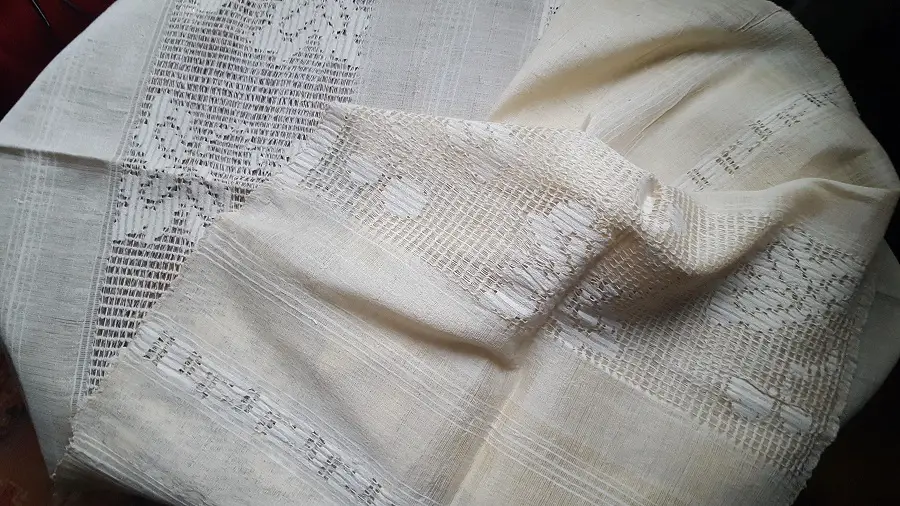
A mulberry wood globe I saw on the net the other day brought back these memories and gave me the idea for an article about mulberry wood.
Types of mulberry
The mulberry is a tree of the genus Morus The cereus grows in temperate and subtropical regions of Europe, Asia, Africa and North America. It is also known as agud, mur, frăgar or iagud. More than 10 species belonging to the genus Morus have been identified, most of which are native to Asia. The best known are Morus alba (white dud), Morus nigra (black mulberry) and Morus rubra (red mullet).
Morus alba is native to China and was brought to Europe by the Greeks and Romans, the craft of silkworm rearing in these places dating back to those times. The fruit is white, but there are sources that claim some can make red or purple fruit. The leaves of the white mulberry are used as food for silkworms. In China and Japan, where it comes from, mulberry wood is used to make furniture, tea boxes, mirror frames and other small objects.
Morus nigra is native to Persia and Transcaucasia and is the most widespread species. In the past its leaves were also used for worm food, but it has since been discovered that those of the white mulberry are preferred by worms and this use has been discontinued. Now only white mulberry leaves are used for silkworm rearing. Black mulberry leaves are very dark, almost black, similar to blackberries. Morus rubra is native to North America, has dark red fruit, is found mostly in the USA and grows the tallest of all.
The white and black dud grows naturally in our region, in the lowlands or on the low hills, but it is also cultivated. The tree has a smooth, grey stem with a not very rich crown. The leaves are thin, with different shapes - oval, pointed, elliptical, lobed, serrated - slightly shiny on the front and with raised veins on the back. The fruits appear at 7-8 years of the tree's life and are a cluster of false drupes arranged on a central axis, which become fleshy at maturity. The drupe is used in herbal medicine and the fruit is used to make jams and marmalades.
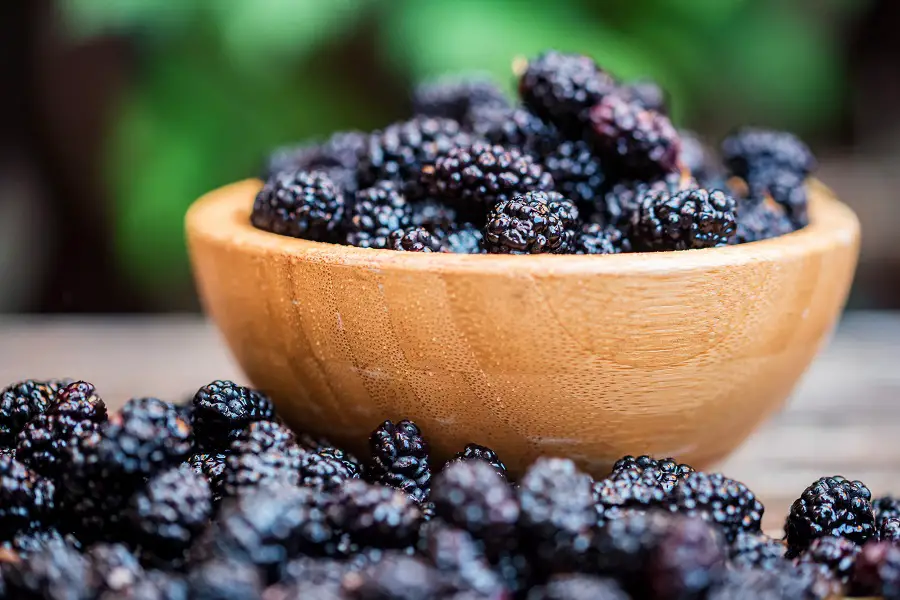
Characteristics and properties of mulberry wood
The elders rarely grow taller than 15 m and are no more than 0.5-0.6 m in diameter. In section, the difference between sapwood and heartwood is noticeable, the sapwood being light yellowish-white and the heartwood golden-brown, but darkening with age to reddish-brown. The fibre is straight, with medium regular texture and a pleasant natural lustre.
The pores are round and differently arranged depending on their position in the early or late wood. Those in early wood are larger and arranged in 2-3 wide rows, while those in late wood are smaller and arranged in tangential groups or bands. Gum and salt deposits are found in the pores. The rays are medium to wide with normal spacing.
Mulberry wood is light but strong. Its average dry density is 690 kg/m³. It is resistant to decay, both insect attack and environmental factors, with red mulberry being the most resistant of the types. It is easy to work with hand tools or machines. It is easy to turn, glue and finish. Burns very well, maintains burning for a long time, gives off a lot of heat and a pleasant smell. Not recommended for open fireplaces because it spreads sparks.
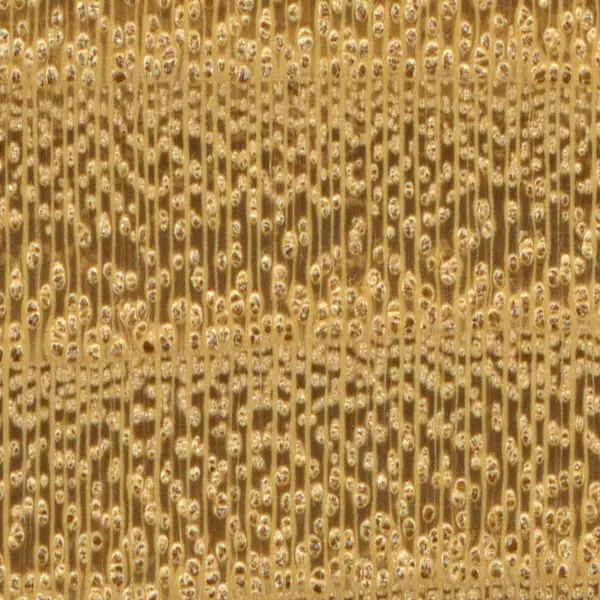
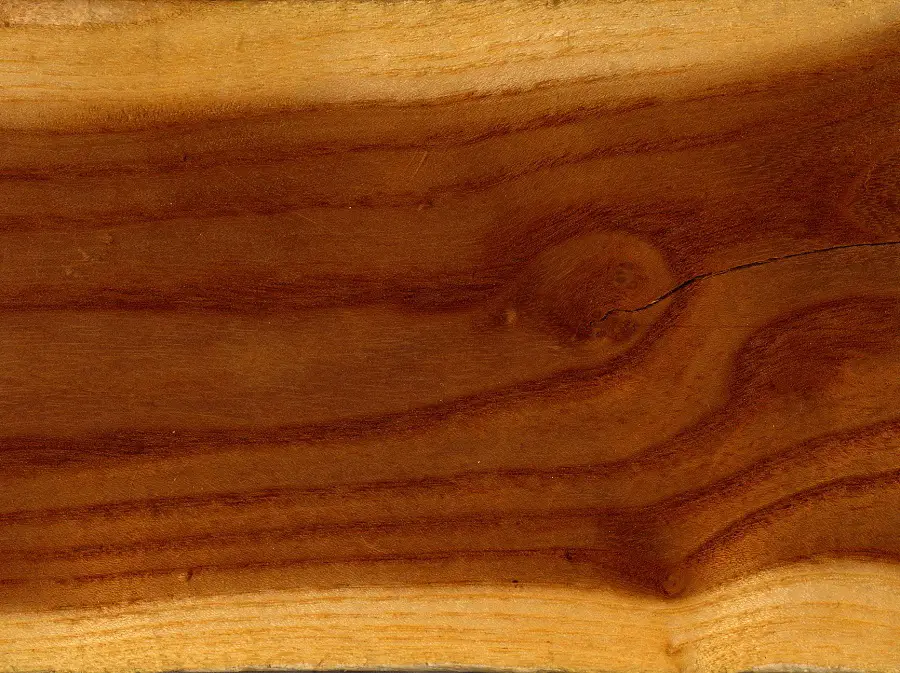
Uses of mulberry wood
If it is large enough to make wide lumber, it can be used to make furniture or flooring. It is mainly used by carpenters and is not one of the species used in industry. Smaller wood can be used for bowls, with its beautiful colour and pleasing design. It is also used to make pens, pencils and jewellery boxes.
Thanks to increased outdoor resistance can be used to obtain support posts for gard or to make small fences for parks or protected green areas.
Dud has pleasantly aromatic wood and that is why it is used, like oak treethe manufacture of casks for ageing distillates - brandy, brandy, cognac, whisky. After ageing the distillate takes on a pleasant yellow colour, much appreciated by connoisseurs. The cask can be burnt, enriching the flavours.
Also because of its pleasant, slightly sweet smell, mulberry wood is used for smoking meats. The mulberry sawdust is placed on special covered grills next to the meat and left for several hours over a low heat. This gives the meat a very pleasant taste and smell.
Dud is among the best firewood because it gives off a lot of heat. It burns slowly, without much smoke (provided it is well dried) and gives heat for a long time. It is also an excellent source of charcoal. However, it should not be used in open fireplaces because it cracks and throws off sparks when burning.
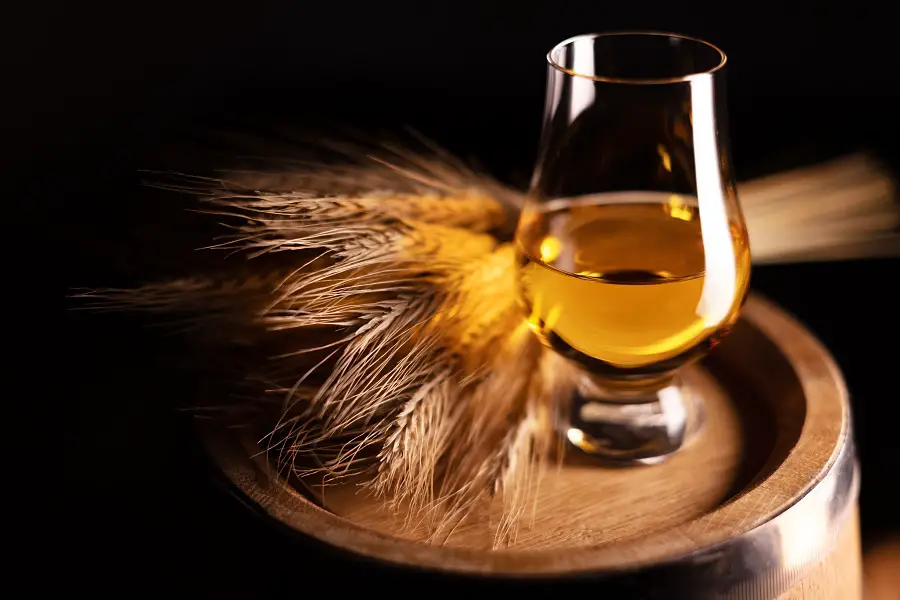
I hope you find the information interesting. If you have any additions or personal experiences with mulberry wood, please leave them in the space below. The information will be added to the article and we will all benefit from a complete material.




























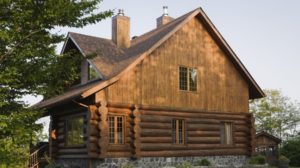

Add comment